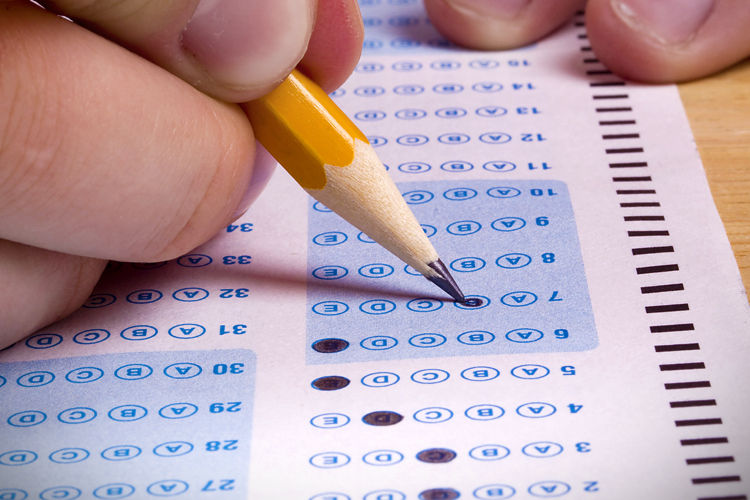Standardized Testing: A Double-Edged Sword? Delving into the Impact on Student Learning
- Pooja Sharma
- Jul 24, 2023
- 2 min read
Standardized testing is an examination that is administered and assessed in a uniform or "standard" manner. The evaluations are intended to evaluate students' abilities, aptitudes, skills, and knowledge on the same platform regardless of their location or educational institution. The uniformity of standardized tests enables a comparability of student performance across demographic and geographical categories with a fair degree of precision. These exams, which are an integral part of the global educational system, have been touted as the ultimate indicator of a student's academic prowess. But are they truly the shining example of excellence that they are portrayed to be, or does their influence on student learning contain more sinister undertones? Let's investigate the benefits and potential drawbacks of standardized tests.
The Benefits of Standardized Examinations
Levelling the Playing Field - One of the primary advantages of standardized testing is that it provides a benchmark or 'baseline' for comparing student performance across institutions and regions. This permits educators and policymakers to identify improvement areas, develop effective strategies, and allocate resources where they are most required.
Charting the Course: Standardized Testing as a Measure of Academic Progress- Standardized tests are designed to be objective, ensuring that all students take the same examination and are graded using the same grading scale. This helps level the playing field and provides all students with an equitable and equal opportunity to demonstrate their knowledge and skills.
Policy Informant - These assessments can provide a clear measurement of a student's development over time. Educators can monitor a student's progress and determine if they are advancing, maintaining, or falling behind by using the same test format.
The Negative Aspect of Standardized Testing
Yet, when we flip the coin, we discover a number of inherent flaws that undermine the efficacy of standardized testing:
Narrow Horizons: The Constrained Scope - Standardized tests frequently assess only a limited range of student abilities, ignoring essential skills such as critical thinking, creativity, collaboration, and leadership. These assessments emphasize primarily memorization and recall, which may not accurately reflect a student's overall understanding or potential.
The Hidden Burden: Stress and Pressure - Standardized testing can create a high-stress environment for students, as college admissions and scholarship opportunities are contingent upon their performance. This can result in increased anxiety and tension, which can negatively impact a student's mental health and well-being as a whole.
Overlooking Individuality - Students have varying learning styles and speeds. However, standardised exams do not take these differences into account. Students who flourish in practical or creative tasks but struggle with traditional test formats may be disadvantaged as a result.

Despite the fact that standardized tests can provide useful information, it is essential to consider that they are only one measure of a student's abilities. To get a complete picture of a student's academic prowess, it is necessary to consider factors such as coursework, teacher observations, and the capacity to implement knowledge in the real world.
Comments